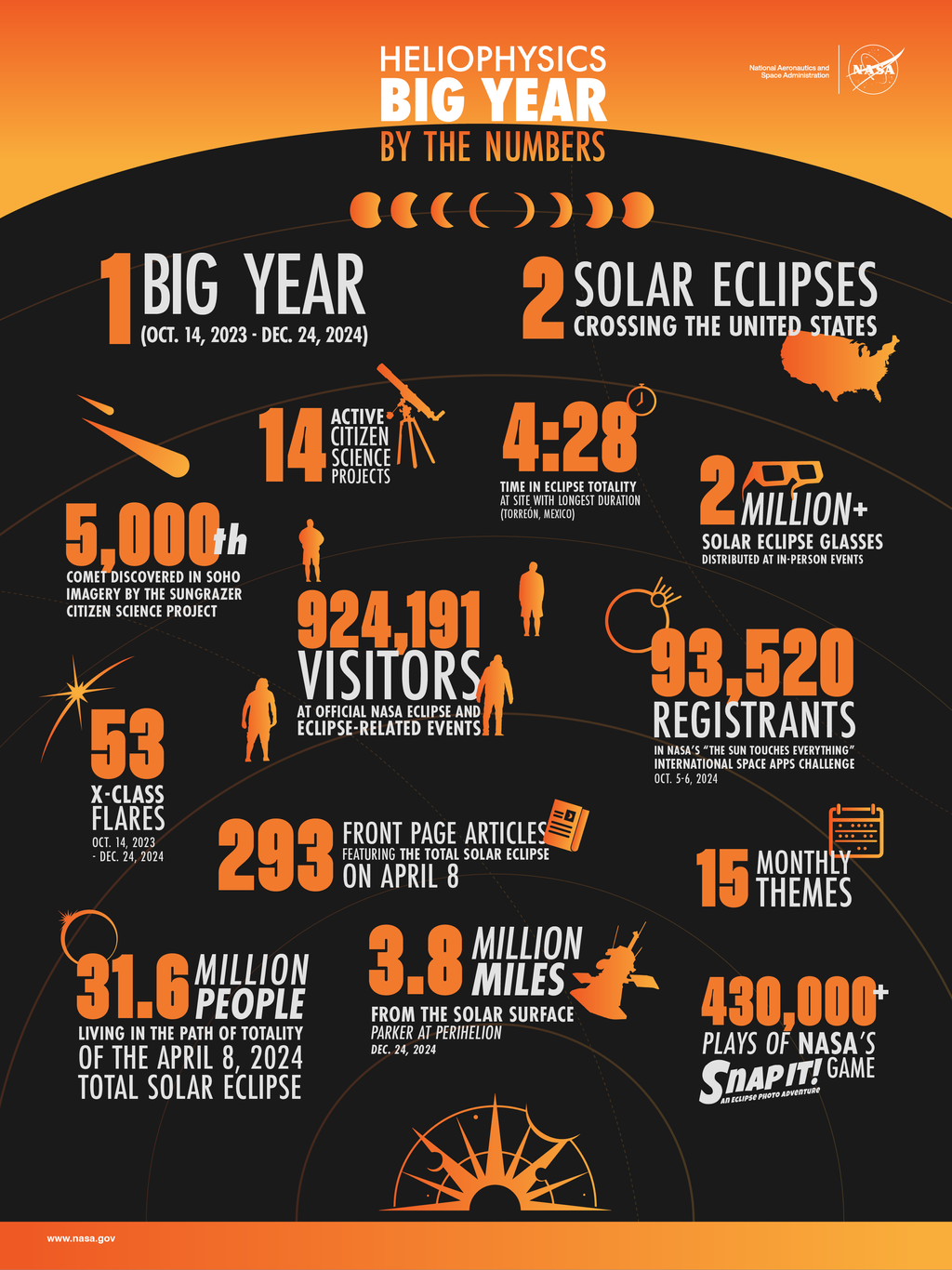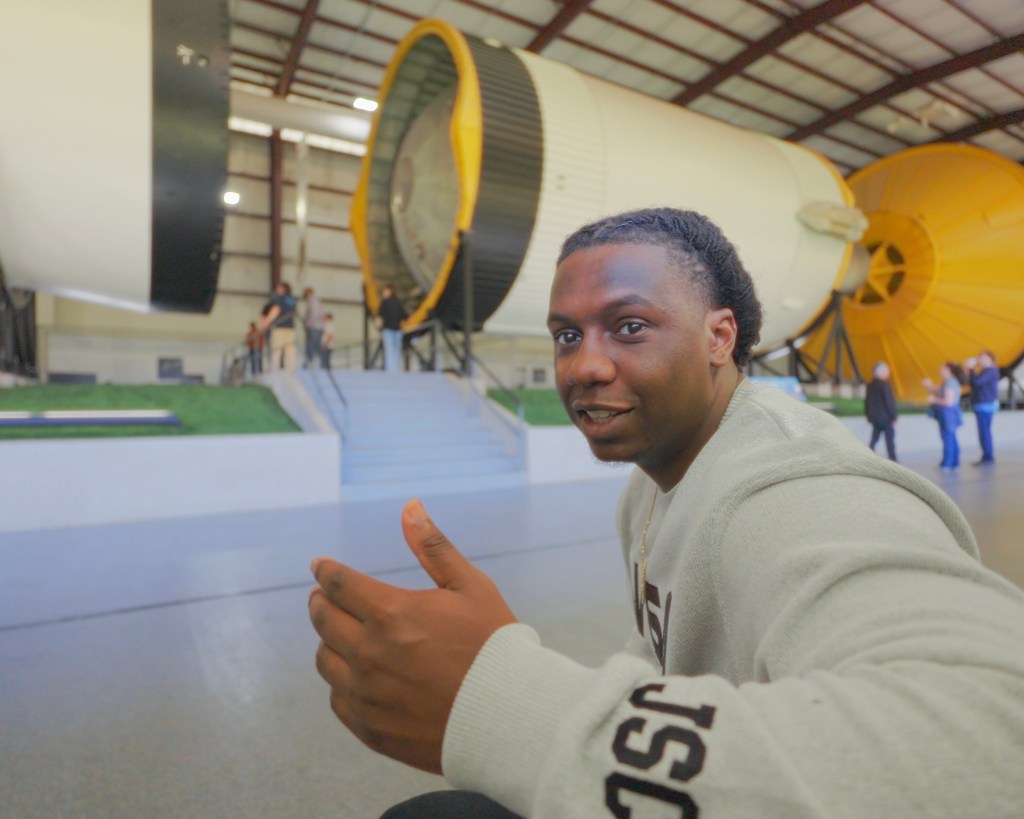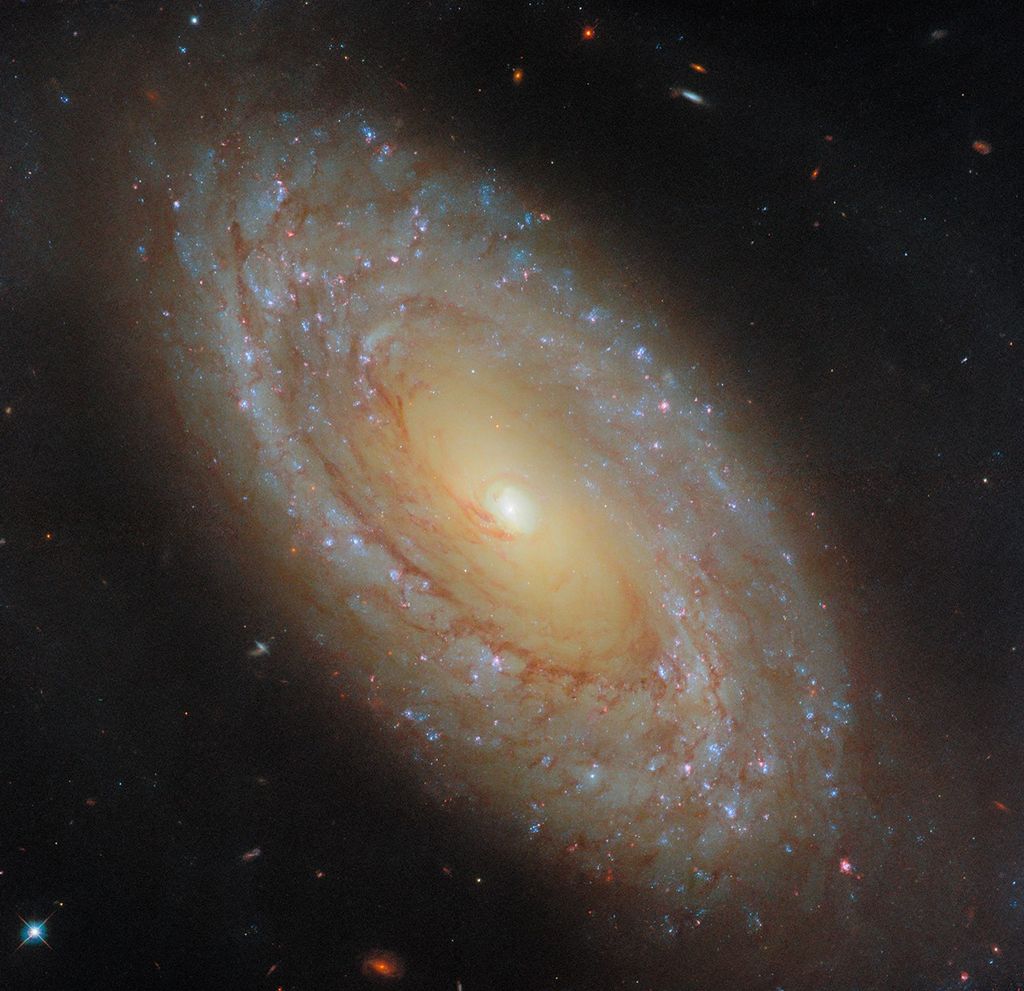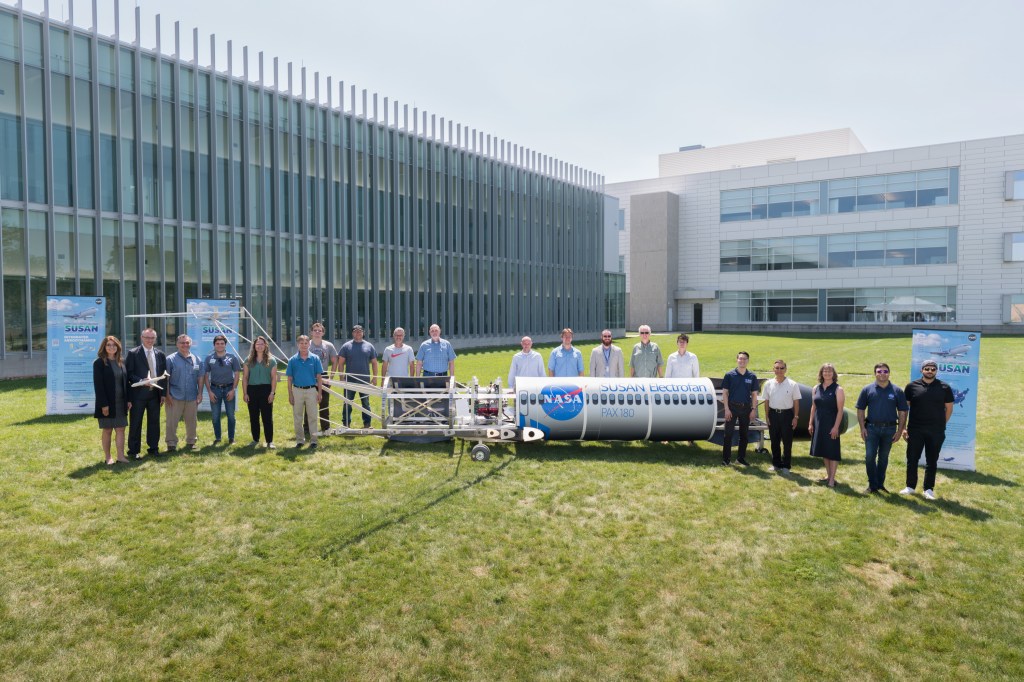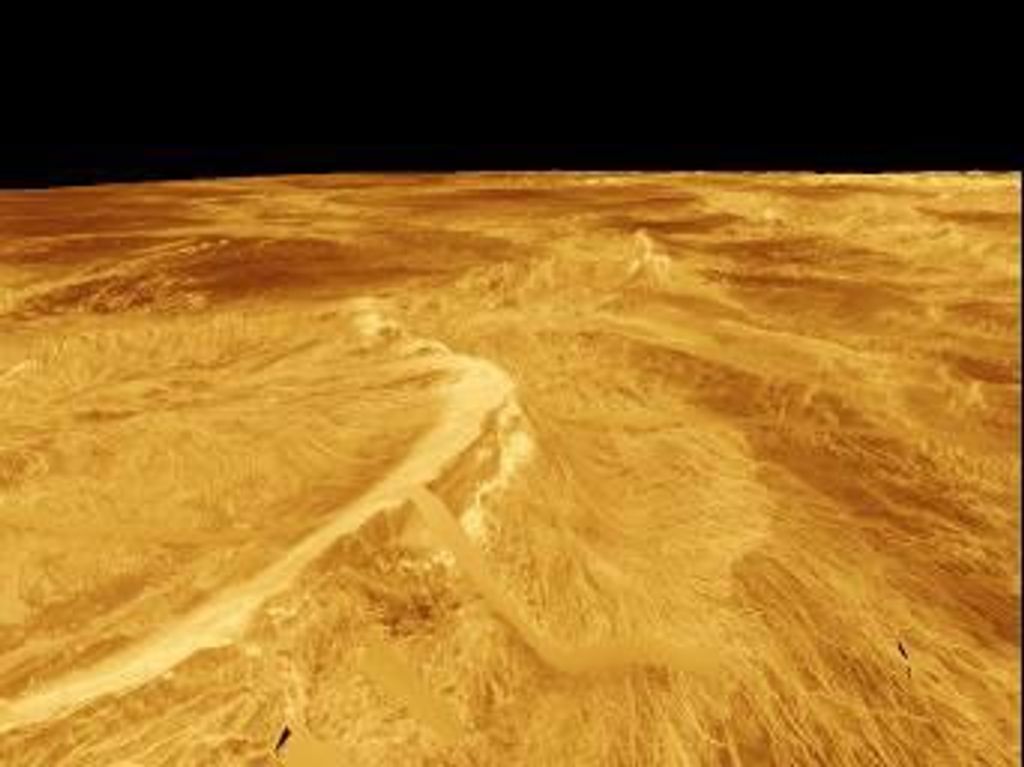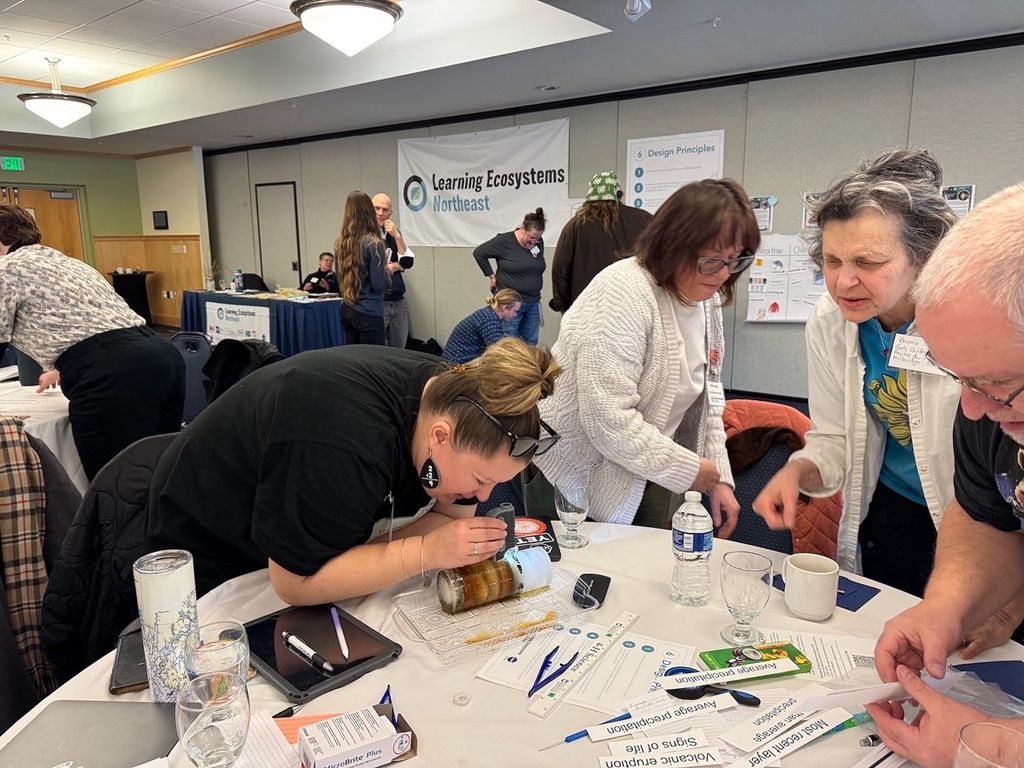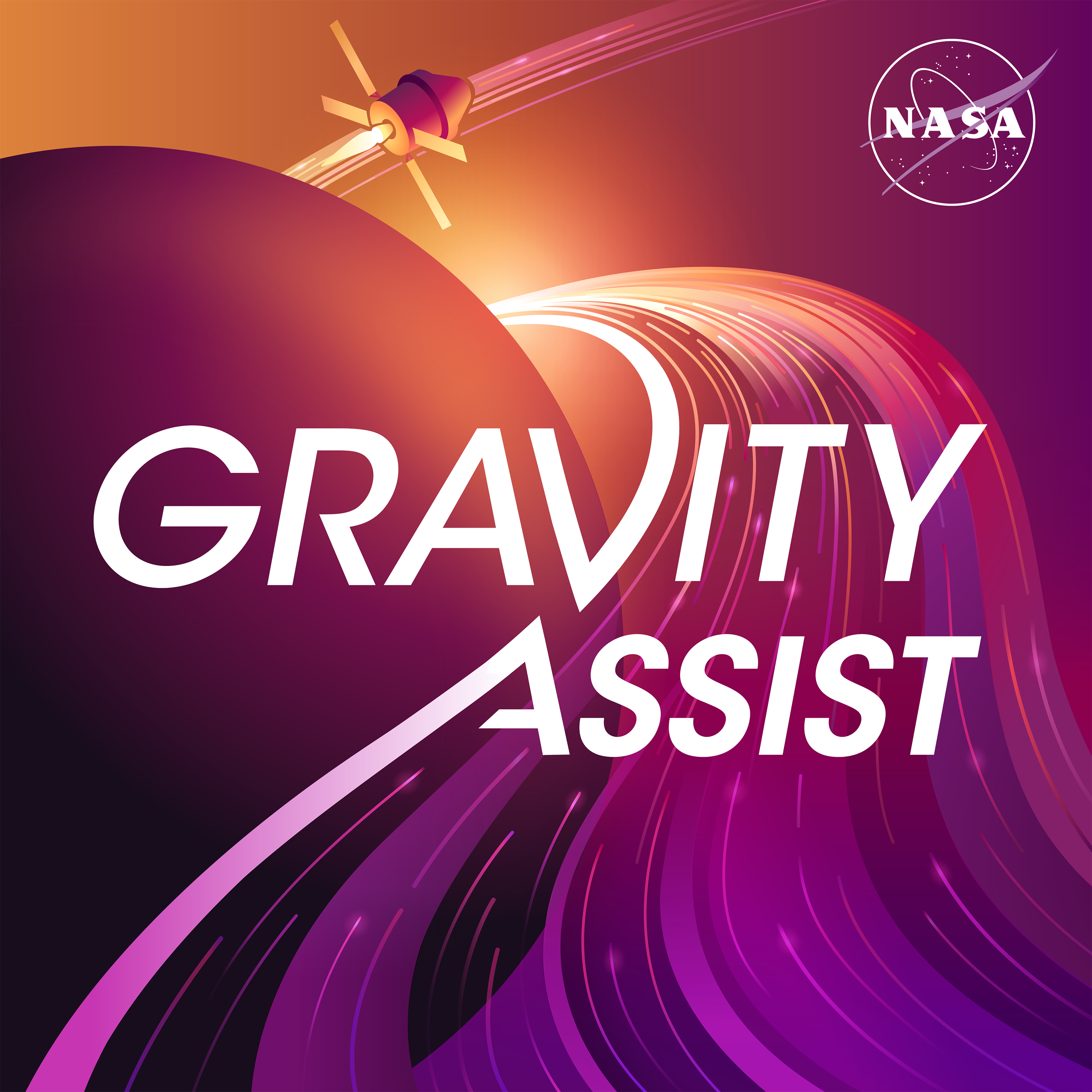The Ingenuity helicopter made history on April 19, 2021, with the firstpowered, controlled flight of an aircraft on another planet. How do engineers talk to a helicopter all the way out on Mars? How about other spacecraft? We’ll hear about it from Nacer Chahat of NASA’s Jet Propulsion Laboratory, who works on antenna and telecommunication systems for a variety of NASA missions. He chats with NASA’s Chief Scientist Jim Green in this episode of the Gravity Assist podcast.
Jim Green:NASA flies spacecraft all over the solar system, and orbits the Earth. How do we communicate with them when they’re so far away? Let’s find out from an expert.
Jim Green:Hi, I’m Jim Green. And this is a new season of Gravity Assist. We’re going to explore the inside workings of NASA in making these fabulous missions happen.
Jim Green:I’m here with Nacer Chahat, and he is the senior antenna and microwave engineer with NASA’s Jet Propulsion Laboratory out in Pasadena, California. He has worked on one of the most important challenges for NASA and that is, in designing a spacecraft, how do you make it communicate back and forth with Earth? So welcome to Gravity Assist.
Nacer Chahat:Thank you for having me here.
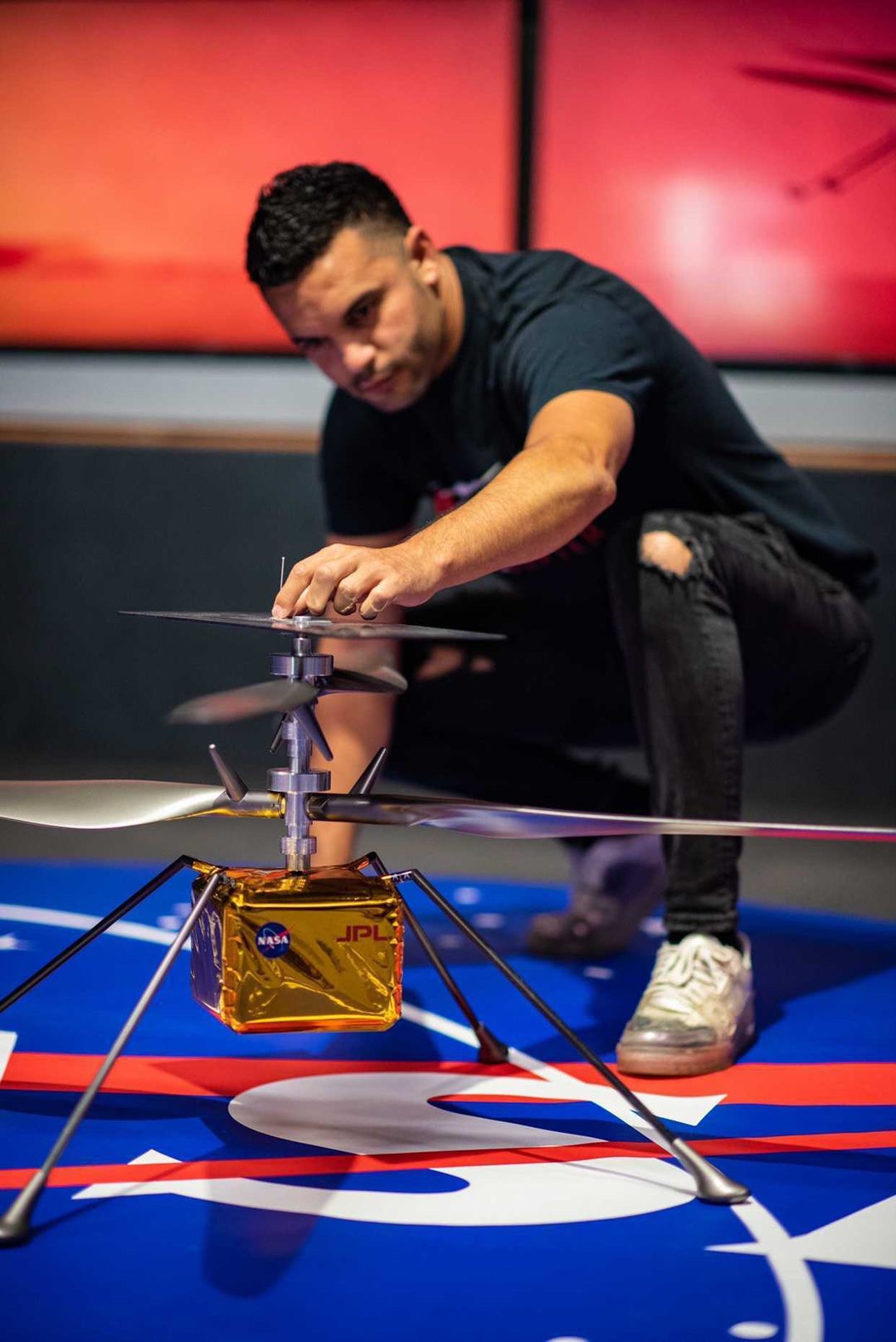
Jim Green:A lot of people are familiar with the idea of an antenna from a radio or TV set, for which they receive a signal. But when we look at a spacecraft, we see all kinds of different antennas. What’s their main function?
Nacer Chahat:Yes, so, the principle is the same. However, every single spacecraft have different instruments, So, depending on the requirement, whether they are instruments or communication, they come in different form, different aspects. So, most of the communication antennas will be the typical dishes that we see. So, those are the ones that you see the most often on spacecraft. But whenever we push the boundary of what we are trying to do, we have to come up with different innovative antenna solutions to address the needs of our scientists.
Jim Green:You know a lot of the antennas that you use, you use for what we call remote sensing. What’s that really mean?
Nacer Chahat:So, remote sensing allows us to get something from afar and so we’re using radio frequency to transmit pulses. These pulses are reflecting back from the surface of what we want to study, and then we’re processing this data to make conclusions.
Jim Green:Yeah, that’s everything from having the opportunity to bounce radio waves off surfaces to even penetrate those radio waves into surfaces like, like the ice caps or even the Sahara Desert.
Nacer ChahatYeah, and that also allows us to get images of things we cannot see. So, for example if the weather is bad and Earth is completely covered with clouds, we can still see what’s happening under them.
Jim Green:Well, you know, communication with our surface assets on Mars is kind of complicated. You know, when we landed Curiosity, I don’t see it carrying a big truck with a big dish behind it. So how do we communicate back and forth with, with our surface assets, like InSight, like Perseverance, like Curiosity?
Nacer Chahat:Yes, so we have two concepts to do so. The first one is to communicate with the orbiter. So we have orbiters around Mars which we can, they are dedicated for science, but for a critical event like that, we can use them to relay the data to Earth. And we also have on these landers and rover, high gain antennas that allow us to communicate directly with Earth but at lower data rate. So it’s really a trade-off. When, when we should be using the orbiter or when we should be using the high gain antenna. Most of the time, we end up using the orbiter because it allows us to transmit the science much faster. So those are the reasons and most of the Mars mission have always worked this way. So we transmit the data to the orbiter and the orbit transmits back to the to the Deep Space Network on Earth.
Jim Green:Yeah, that sounds complicated, but it provides an infrastructure that allows any asset that’s on the surface to be able to be relayed through our orbiting satellites. It’s really an exciting time in in this particular field.
Jim Green: You know when the InSight lander arrived landed on Mars in November 2018 it carried with a two CubeSats and we call those CubeSats “MarCO.” What were they supposed to be doing and how important was communication for them?
Nacer Chahat:Yeah so MarCO was actually one of my first projects, and when I joined JPL the former director of the lab, Charles Elachi, challenged the lab to find a way to do real time communication during the lending of InSight. So with the existing orbiter we were able to collect all the information from InSight during the landing However because of the alignment of the orbiter, we couldn’t get the data right away.
Nacer Chahat:So the role of these two CubeSats was actually to receive data from the lander, InSight, and transmit these data in real time so the, the main challenge was to be able from these very, very tiny satellites which are the size of a shoebox, being able to transmit at the same data rate which was roughly around 8 kilobits per second. This was really difficult because we needed an antenna that was three times the size of the satellite itself. So we had to find a way to fold the antenna and deploy it. That’s also the first interplanetary CubeSat so we had to ensure that we could actually survive the flight to Mars, which we did very successfully.
Nacer Chahat:When we witnessed the landing of InSight we were all excited because for those who actually follow the landing you should remember when they were saying oh we are now 100 meter 90 meter 20 meter and all the excitement was coming up all I had in mind was oh that’s my antenna who’s transmitting all these data and then he landed we exploded with joy and we finally received these first pictures from InSight on the surface of Mars which also got relayed using the MarCO antenna.
Nacer Chahat:If we did not have the CubeSats we would have had to wait more than two hours after that.
Jim Green: Wow.
Nacer Chahat: Because the orbiter was not on the line of sight.
Nacer ChahatSo, that’s such an amazing accomplishment that we’ve been able to do and that’s really what’s beautiful about working at NASA is that we’re able to do things that nobody has done before.
Jim Green:Yeah i remember that time I was head of planetary science and it was really riveting and i was just delighted that the MarCO spacecraft worked.
Jim Green: And in fact, it was really nailbiting for the simple reason that we were having problems with one of the MarCO spacecraft very close to the encounter time. Do you remember that? And what happened?
Nacer Chahat:I do, I do, and we were very worried about that. So one of them actually restarted? Like, I think it was a few hours before maybe a day before, I don’t recall exactly. So we were worried that one of the CubeSats would not be able to relate to data. But after it rebooted, it went in safe mode and rebooted in a nominal mode. And they both successfully related the data.
Jim Green:Well, you know, we’re flying a helicopter on Mars for the first time. And we call that Ingenuity. Did you get involved in that? And what’s your role?
Nacer Chahat:When I saw the first flight, I couldn’t help but think of all these hours spent working really hard to solve technical problems. All these people working on delivering hardware that you don’t necessarily see on TV. This achievement is absolutely historical and I am happy I got to contribute.
Nacer Chahat:My contribution was with the telecommunication subsystem, to ensure that the rover can send commands to the helicopter, and the helicopter can send images or telemetry back to the rover. So, I worked on the antenna design and also worked on the system engineering.
Jim Green:Wow, that sounds really difficult because this is a very small vehicle. What’s that antenna look like? I don’t remember seeing it. Does it stick out? Or is it part of… does it go up to the top or, where’s it at?
Nacer Chahat:Yeah. So on the top of the helicopter, there is a solar panel, which allows us to recharge our battery. And we decided to locate the antenna on this surface, because this is what provided the largest area to use as a reflective surface. So this is the simplest type of antenna that you can ever use. This is called a monopole. So monopole is basically a single wire, which is resonant at the frequency of operation, and located on top of a reflective surface. And the reflective surface in this case is the solar array.
Nacer Chahat:This wire allows us to operate at the frequency of interest. But this antenna, this type of monopole antenna are being used when you need to communicate what we call omni, omni directionally. Meaning, we need to communicate this with the same capabilities in any direction, because we don’t know where the helicopter or rover will be because it will constantly move when it’s flying. Right. So that’s the reason why we use such an antenna.
Nacer Chahat:It’s very small it’s about five to six centimeter which is basically a quarter wavelength or the frequency of operation.
Jim Green:Yeah, that makes a lot of sense. I mean, yeah, you move the copter and it comes back down. And it’s not necessarily in that same orientation.
Nacer Chahat:Exactly.
Jim Green:So you want to broadcast. So it sounds…
Nacer Chahat:Yeah
Jim Green:…like though the Ingenuity communication is only with, with Perseverance, and then it’s up to Perseverance to package that data and then send it up to an orbiter which then relays it back to Earth.
Nacer Chahat:That’s, that’s exactly it. And the reason is very simple is that obviously with such a small helicopter, we will not be able to communicate directly to the orbiter, and even less with Earth. So that’s the concept that that we, we use. The helicopter is also has to, to, to stay away from the rover itself because the rover needs to be completely safe. So we have to keep-out zone which is roughly above 100 meters. So the helicopter to will never fly within 100 meters of the rover. So the telecommunication subsystem was designed to communicate from 100 meter to one kilometer, which is very far away. And we’ve done a lot of testing nearby our lab outside, a field test, which was very, very exciting, where we had a real size mock-up of the rover and the helicopter and we located it in different direction to make sure that all of our models and analyses were correct.
Jim Green:Wow, that sounds really fun. Another thing that NASA likes to do is think about missions that are in the future. And even though we’re sending a spacecraft to Europa, called Clipper, we’re also been thinking about what it might be like to get down on the surface, a lander. Now, you were also involved in the communication system for a lander on Europa. What would that be like? And how does that have to work?
Nacer Chahat:The original concept of the Europa lander concept was to send an orbiter as well, along with the lander, and the orbiter will have communication telecommunication capabilities to relay the data back to Earth. However, doing so would have been cost-prohibitive. So, we were asked very quickly to revise the concept to reduce the cost so that this mission could someday be possible.
Nacer Chahat:And the only way to do so was to communicate directly with earth so that we don’t have to have an orbiter as well. So, to do that, the conclusion that was that we needed an antenna with an efficiency of more than 80%, which to give you an idea, has never done before. All of the Mars rover or lander, they have efficiencies of less than 45%, roughly. But the lander has additional constraints. The antenna needed to be flat, it needed to survive the environment, and very high radiation of Europa. And for those reason, people thought it was just not possible to do so.
Nacer Chahat:So we came up with an antenna design that fulfills all these requirements and achieved the efficiency we fully tested be something to the environment of Europa, to qualify the something out for a potential Europa lander mission in the future. And so now we’re in a very, very, very good shape, because we know that this Europa mission concept is possible. We have all the technology that are needed to do that, because NASA supported us to develop all of these technologies.
Jim Green:Yeah, that’s really great. Now coming back to the Earth, your current project is on SWOT, which is the Surface Water and Ocean Topography Mission. What are you up to with that? And have we launched it yet?
Nacer Chahat:No, we are right now we are in integration and testing, what we call INT. So the payload is fully assembled. Right now, we’re actually currently doing all the environmental testing on the payload before we ship it to France to our partner in France, CNES, to integrate it with the spacecraft. So this mission is very exciting because we’re pushing the boundaries of the science measurement accuracy. So the role of SWOT is to measure the surface topology of the ocean, but also the water surface for the first time. So we will have a global map of the entire Earth and we will be able to know where the water is continuously. And so that’s, that’s the beauty of SWOT. There is a lot of new technology that needed to be developed to do that, to improve the accuracy of these measurements. And so we’re very, very excited to see this mission moving along and getting very ready to fly.
Jim Green:So what’s the new advancement in antenna technologies?
Nacer Chahat:Every single mission have different requirements. So we tend to design a new antenna every single time. I would say that the holy grail of the antenna, from my point of view, would be to design an antenna that could be applied for every mission to meet any requirements. So obviously, that’s, that’s almost impossible to do so. But for communication, that’s not impossible, you could come up with an antenna that could shave the beam in any way we want for a given aperture. And that’s what I’m working on, on my research science, to achieve such a thing.
Jim Green:Sounds great.
Jim Green:Nacer, I always like to ask my guests to tell me what was that event that person, place or thing that got them so excited about being the engineer they are today. And I call that event a gravity assist. So Nacer, what was your gravity assist?
Nacer Chahat: The scientists that I respected the most is Marie Curie, who was also from the same country that I am from, from France. But really, what I like about my inquiry is her dedication for work. And I think nobody was as dedicated as her because she actually gave her life for her work. And the work ethic that she has demonstrated is what, what I share the most with Marie Curie.
Nacer Chahat:So but I would, I would say, as well, that it’s not necessarily an engineer, or a scientist that really inspired me, in my case. My parents are from a very poor country, in Algeria, north of Africa. And they didn’t have access to education. So, after they moved in France, I was born and raised in France, they really share this notion of understanding that the education is a gift. They didn’t have the chance, and they wanted to make sure that that I realized the chance I had, and we could take advantage of the education I was given as much as possible. So that’s why I always worked really, really hard to do as much as I could and learn as much as I could.
Nacer Chahat:And so I would say that my gravity assist are not engineers or scientists, but actually my parents.
Jim Green:Now, that’s a wonderful story. Thank you so much for sharing it with me.
Jim Green:Nacer, thank you so much for joining me in discussing this fantastic topic.
Nacer Chahat:It was my pleasure. It’s always it’s, it’s always great to share the experience that we have delivered developing new technology at JPL. So thank you for having me.
Jim Green: Join me next time as we continue our journey to look under the hood at NASA and see how we do what we do. I’m Jim Green and this is your Gravity Assist.
Credits
Lead producer: Elizabeth Landau
Audio engineer: Manny Cooper
Video producer: Sonnet Apple



